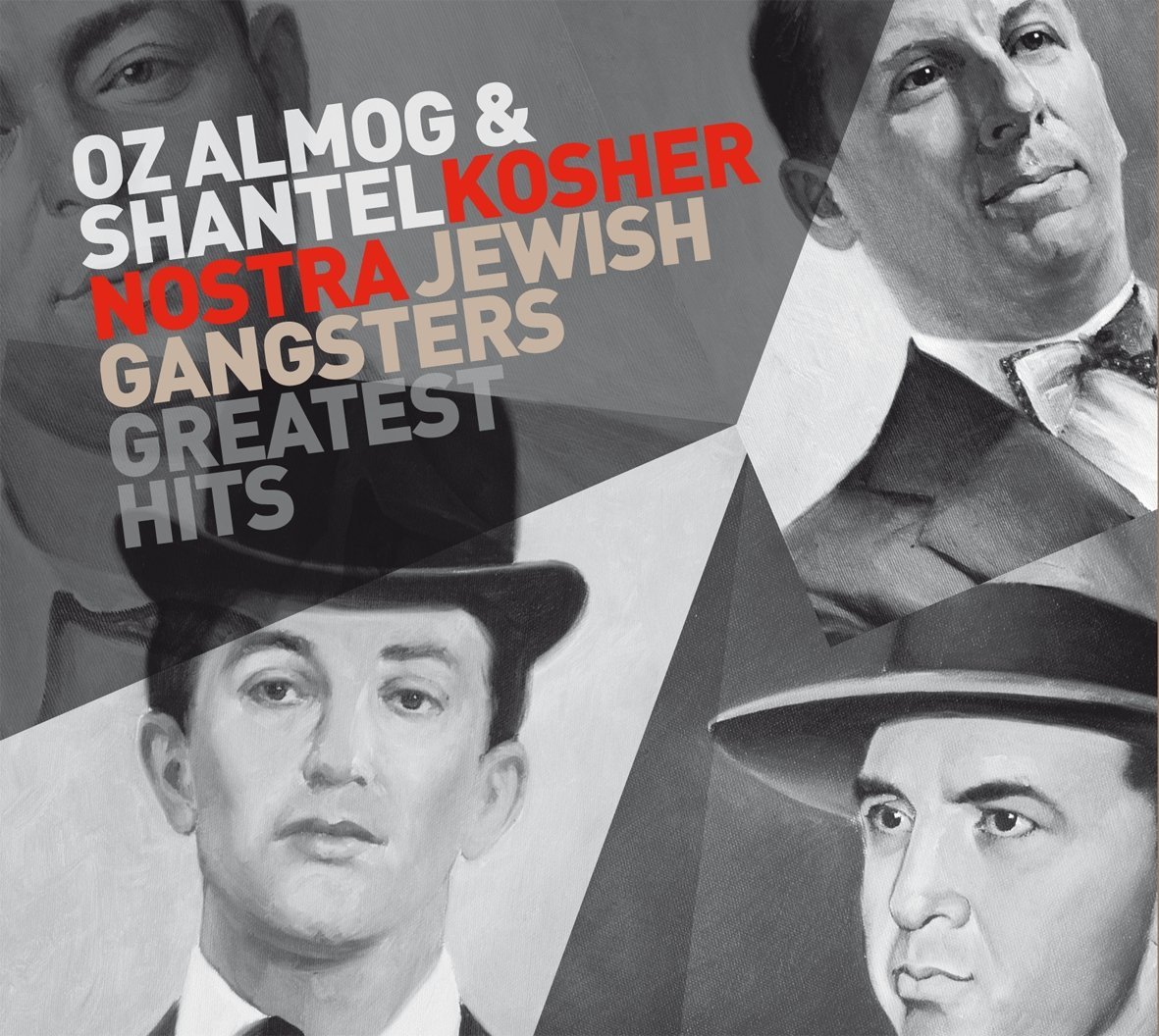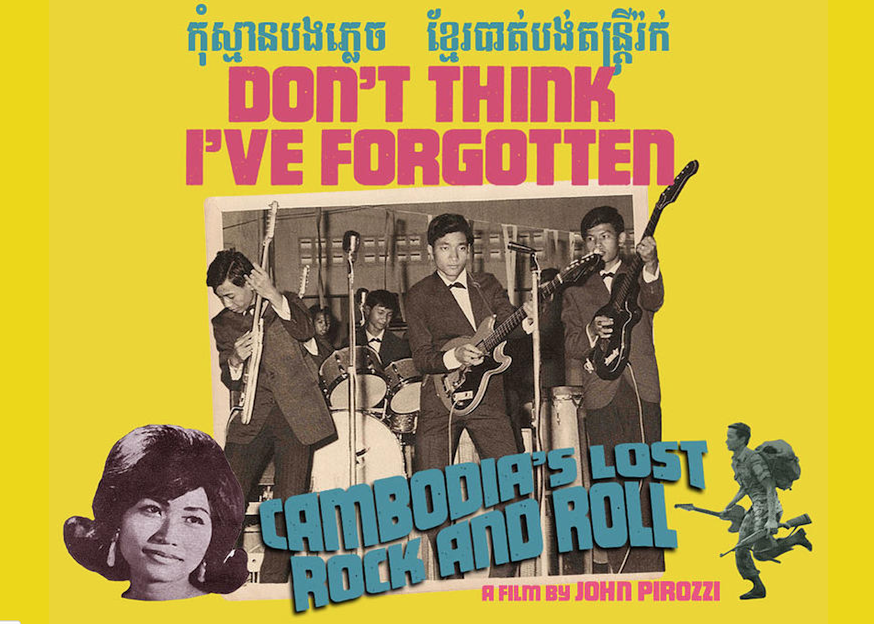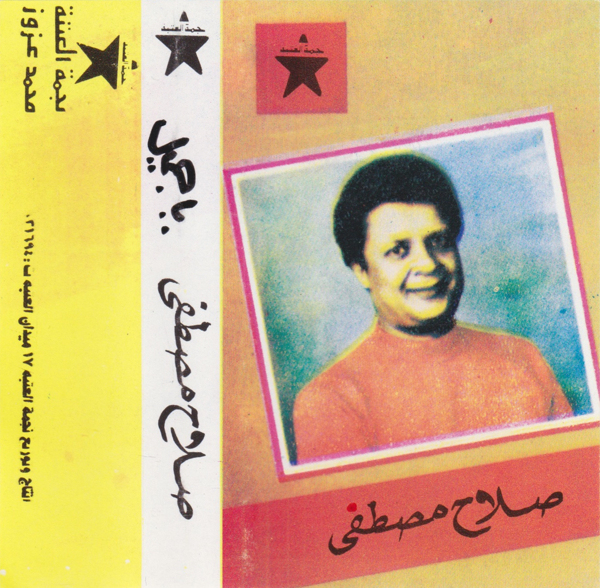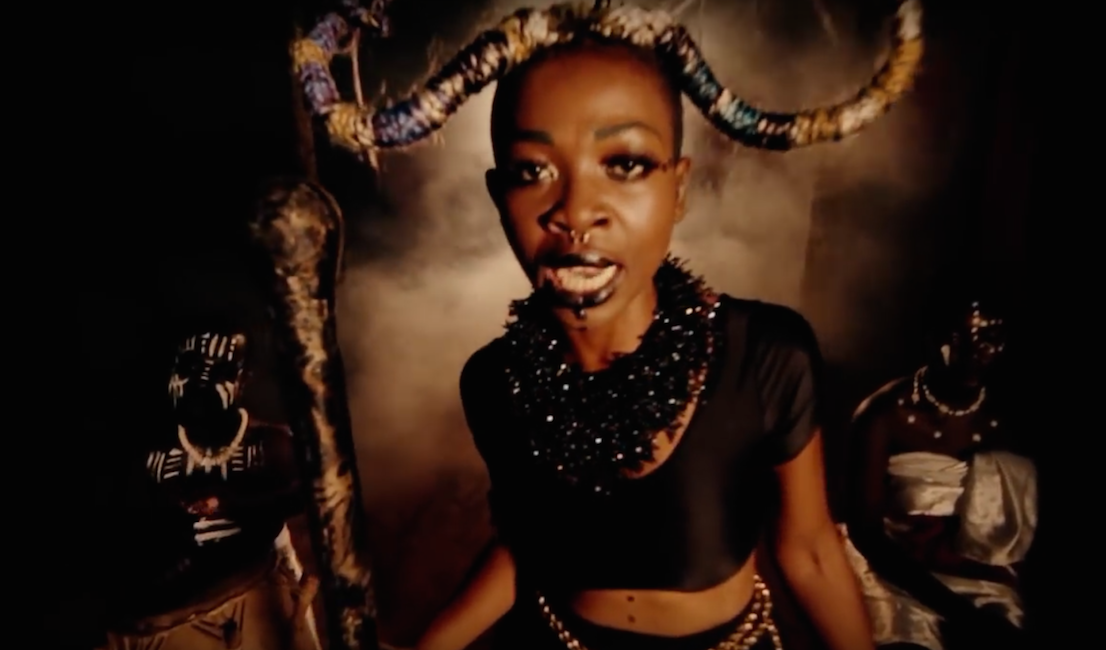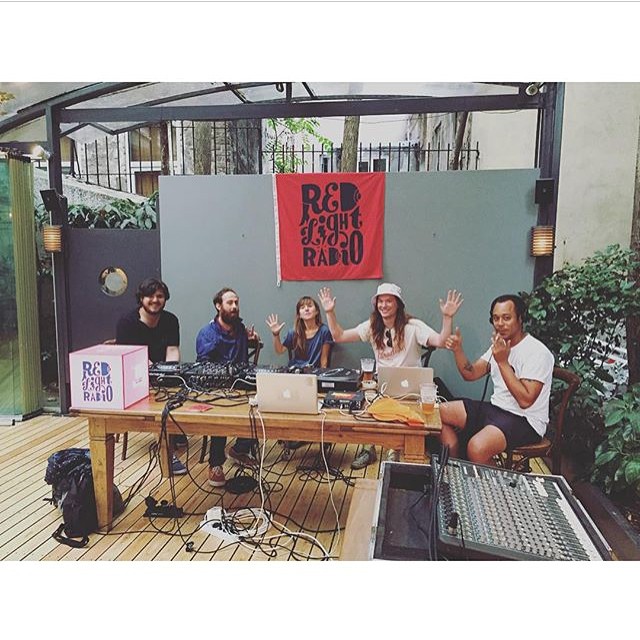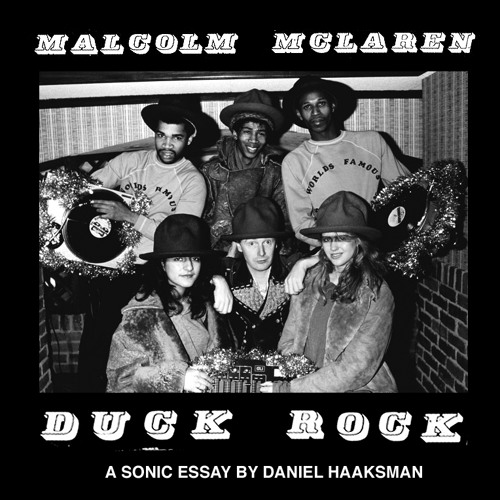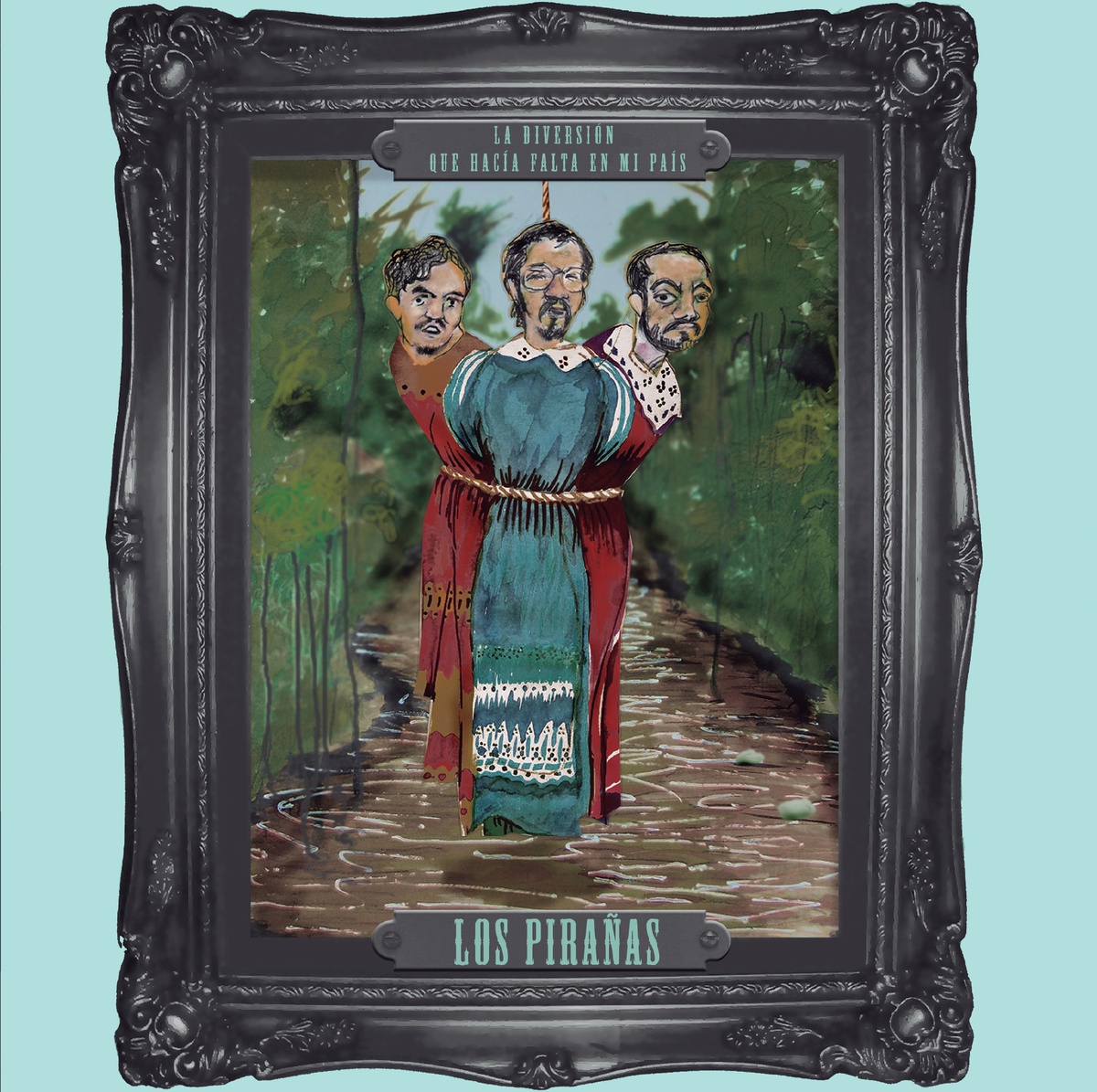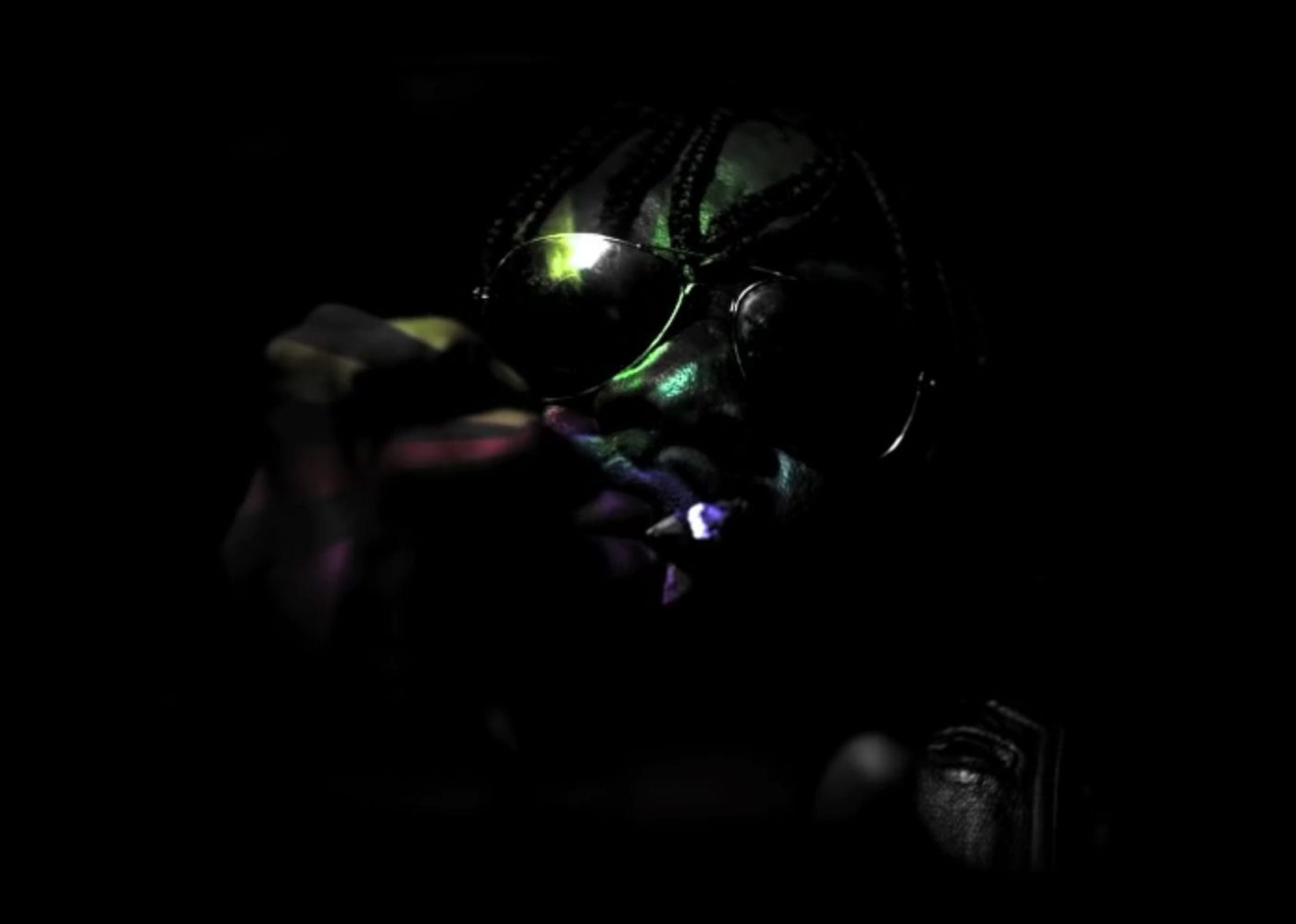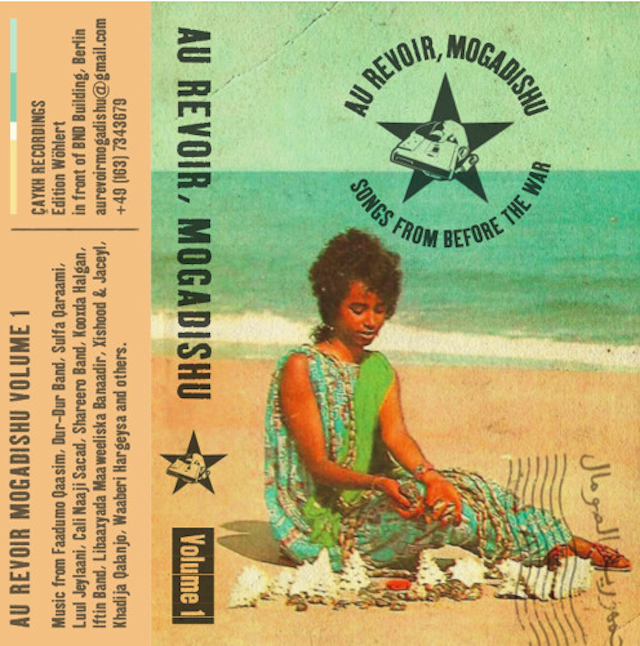Kosher Nostra
Little do many know about the history of Jewish gangsters in early 20th century America or the so-called Kosher Nostra movement of Jewish organized crime with its key figures the likes of Arnold "The Brain" Rothstein, Meyer Lansky, Mickey Cohen or Bugsy Siegel. As an estimated two million jews emigrated from Eastern Europe between 1881 and 1914 (New York alone counted 1.7 million Jews in 1910), they were met with a new struggle for survival in the New World, leading some down the fast and dangerously lucrative track of organized crime. After all:
"There would be no mob, if there was no demand for it in legal society." – John Miller, NYPD.
The story of organized crime in Eastern Europe in general as well as that of the Kosher Nostra in particular is fascinating to say the least. Yet equally intriguing is the role of music in these times, especially the music originating from the Jewish shtetls. Having written his undergraduate thesis on the topic of organized crime, Essay Recordings’ very own cosmopolitan soul, Frankfurt native and Bucovina Club founder Shantel alias Stefan Hampel spent five adventurous years researching the music of this parallel society, while unearthing some extremely rare gems: Who knew, for instance, that Connie Francis had once recorded an entire Album of Yiddish songs or that Tom Jones had sung the praises of his “Yiddishe Mamme”?
Alongside acclaimed Israeli artist Oz Almog, Shantel compiled the invaluable “Kosher Nostra” anthology, a collection of the Jewish gangsters’ greatest hits, (released with a 60 page booklet via Essay Recordings back in 2011), while seeking to answer questions such as: Was there a musical milieu related to the criminal activities of the mobsters? Which musical careers were launched or promoted at the time? What were the most famous and popular Yiddish songs of the era and which dance rhythms prevailed?
And that of course is where we now revisit the musical roots of our Jewish Monkeys, who pride themselves on re-arranging and re-interpreting many of these popular Jewish tunes, adding their own lyrical spice. Take Wilmoth Houdini’s “Black But Sweet” for example. Sound familiar?
